Ever seen someone try to sneak a spoonful of hummus before dinner?
We all know that creamy goodness is irresistible. But have you ever wondered exactly how much protein is in that delicious dip?
I’m about to give you the full scoop on hummus protein content (plus some surprising nutrition facts). Let’s dive in!

How Much Protein Is Actually In Hummus?
One tablespoon of hummus contains between 0.7 and 1.1 grams of protein, depending on whether it’s store-bought or homemade.
Store-bought hummus typically packs about 1.1 grams of protein per tablespoon, while your homemade version might have slightly less at around 0.7 grams.
Not exactly a protein powerhouse in small amounts, but it adds up when you’re scooping with abandon!
What Makes Hummus So Nutritious?
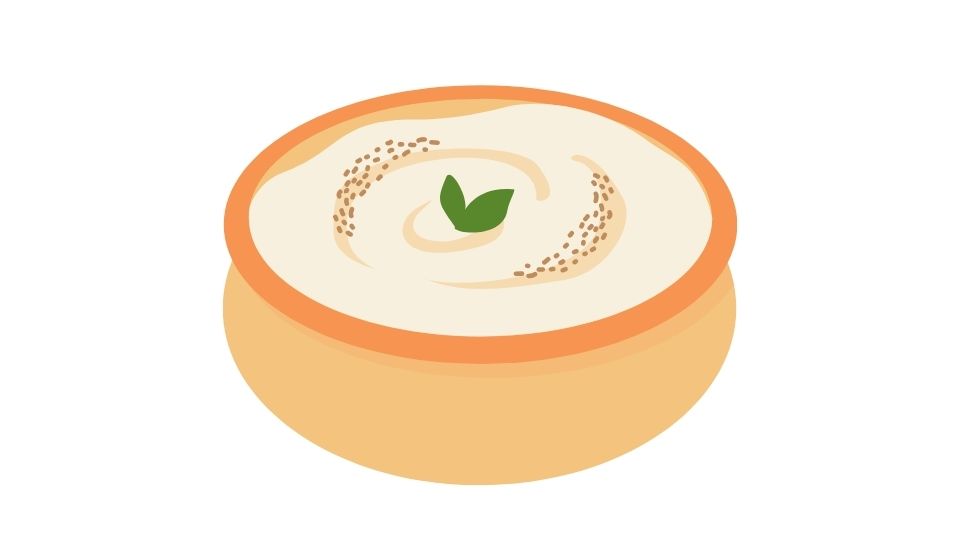
Hummus isn’t just delicious – it’s basically a super food in disguise.
The recipe is beautifully simple:
- Chickpeas (the protein stars of the show)
- Tahini (ground sesame seeds)
- Olive oil (hello, healthy fats!)
- Lemon juice and garlic (for that flavor kick)
These simple ingredients combine to create a nutrient-dense food that’s been enjoyed for centuries across the Mediterranean and Middle East.
The Protein Content Breakdown
Let me break down what you’ll get in a single tablespoon of typical store-bought hummus:
| Nutrient | Amount |
|---|---|
| Protein | 1.1g |
| Fat | 1.3g |
| Carbs | 2g |
| Fiber | 0.8g |
| Calories | 23 |
Not bad for just a spoonful, right?
But let’s be honest – who eats just one tablespoon? A more realistic serving of 2 tablespoons gives you about 2.2 grams of protein from commercial hummus.
Why Protein Content Varies
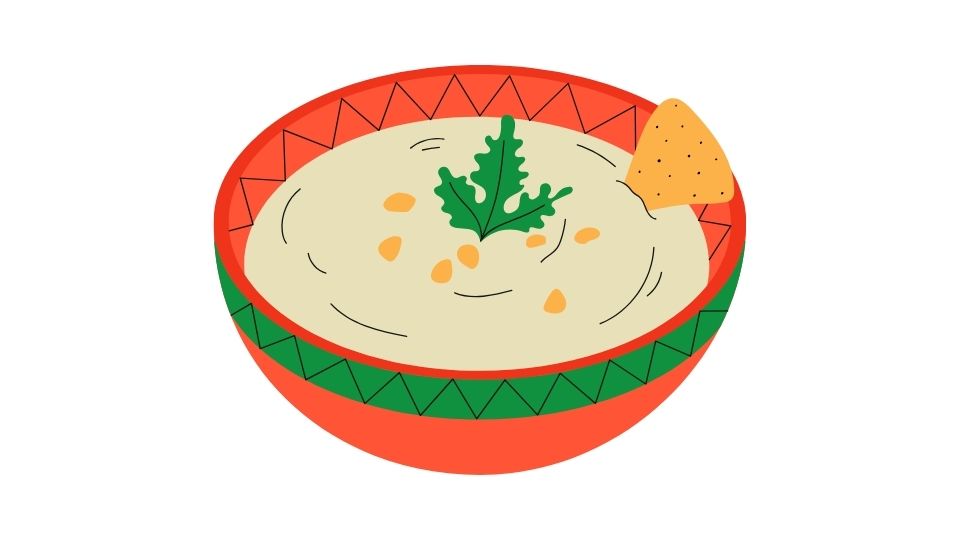
Ever wonder why your homemade hummus might have different nutrition than store-bought? A few factors affect protein content:
- Chickpea type: Dried beans that you cook yourself vs. canned chickpeas
- Tahini ratio: More tahini = slightly more protein
- Commercial recipes: Some brands add extra ingredients that dilute protein content
- Water content: More water means less protein per tablespoon
If you’re making hummus at home, you might end up with about 0.7 grams of protein per tablespoon versus the 1.1 grams in many commercial versions.
Beyond Just Protein
While we’re obsessing over protein, let’s not forget that hummus brings way more to the table:
- Fiber: About 0.8g per tablespoon, supporting gut health
- Healthy fats: Mainly from olive oil and tahini
- Iron and folate: Essential nutrients, especially important for plant-based eaters
- Zero cholesterol: Being plant-based has its perks!
These benefits make hummus a nutritional all-star, even if it’s not the highest protein food around.
How Hummus Fits Into Your Diet
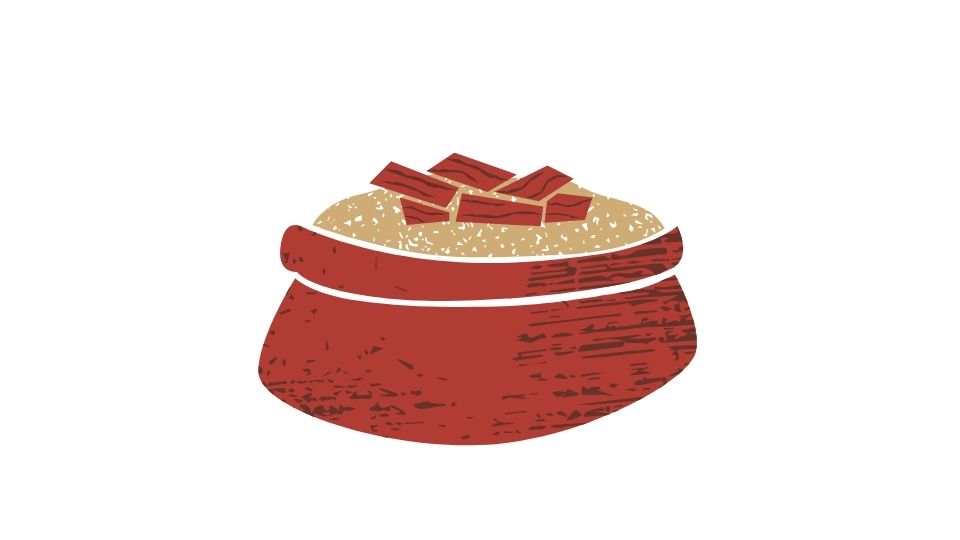
The beauty of hummus is its versatility. It’s not just a dip – it’s a sandwich spread, a salad topper, or even a quick snack with veggies.
For those watching calories, hummus is moderately dense at about 23-27 calories per tablespoon. Its macronutrient breakdown is roughly:
- Protein: 18% of calories
- Fat: 45-50% of calories (mostly the good kind!)
- Carbs: The remainder, with a nice bit of fiber
If you’re tracking your nutrition carefully, using a reliable food tracking system can help you account for hummus in your diet.
Boosting Your Hummus Protein Game
Want to amp up the protein in your hummus? Try these tricks:
- Add an extra scoop of tahini (more sesame = more protein)
- Blend in Greek yogurt for a protein boost (not traditional, but effective!)
- Use less water for a more concentrated dip
- Pair it with high-protein dippers like edamame or black bean chips
The Bottom Line
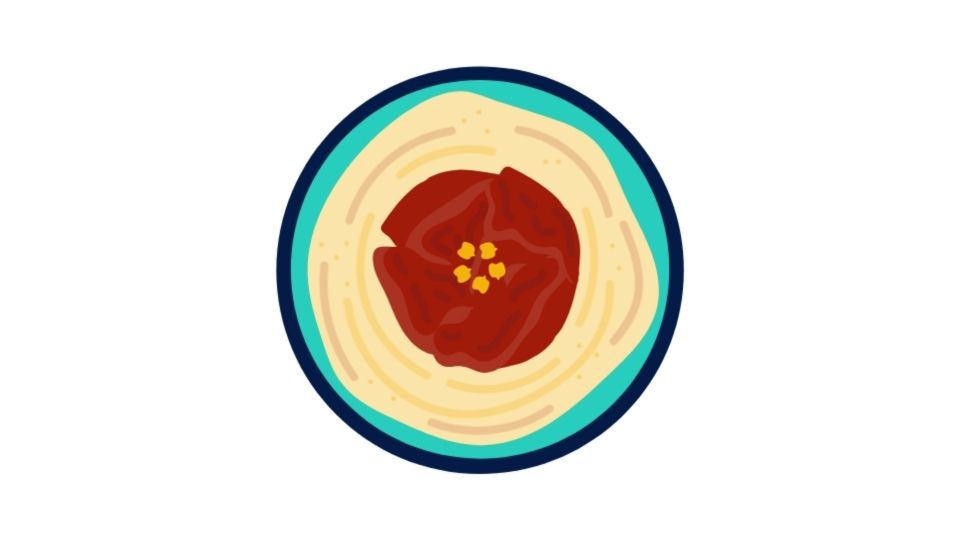
While one tablespoon of hummus only contains about 0.7-1.1 grams of protein, it’s still a nutritious addition to any diet. It provides healthy fats, fiber, and various micronutrients that support overall health.
Think of hummus as part of your protein puzzle, not the whole solution. Combine it with other protein sources throughout the day, and you’ll easily meet your needs while enjoying this delicious Mediterranean classic.
And next time someone asks “how much protein is in hummus?” at a party, you can wow them with your nutrition knowledge!



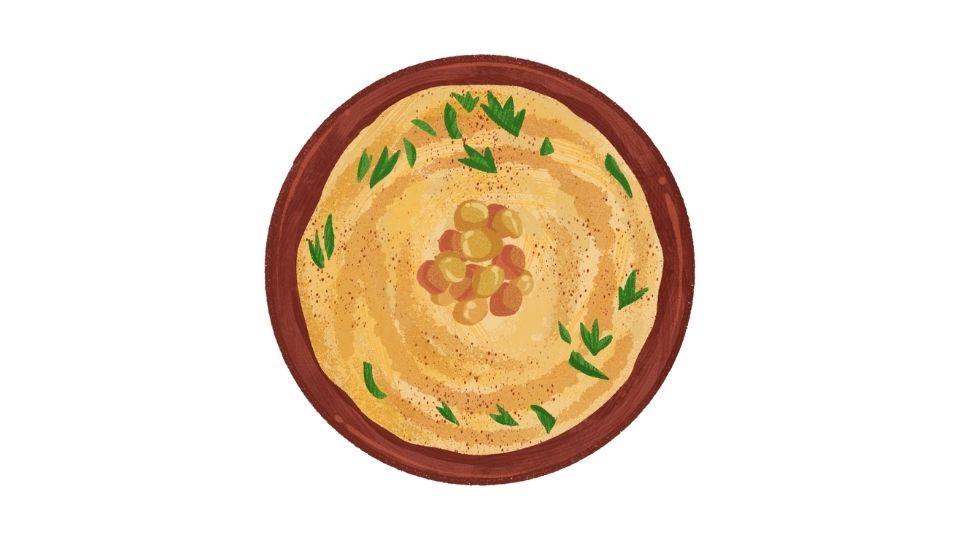
Leave a Reply